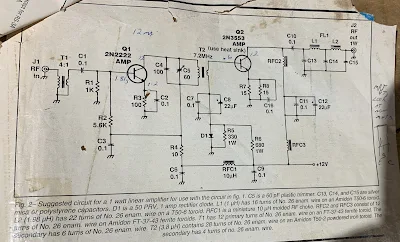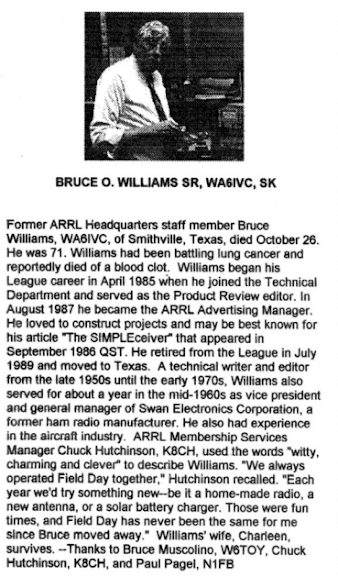Pavel CO7WT is making great progress in re-building an Islander DSB rig, the same kind of rig that got him started in ham radio, and that was so popular in Cuba years ago. Here are some background blog posts on this rig: https://soldersmoke.blogspot.com/search?q=Islander In essence, the Islander was the earlier tube DSB/CW rig; the Jaguey was a later, solid-state DSB/CW rig.
When they get this Islander going, hams outside Cuba should definitely try to work this re-creation of an important rig.
Thanks Pavel for all the information. I will share with the group info that Pavel sent about temperature stabilization techniques used on this rig.
Pavel CO7WT writes:
The 600V is 300ish V from the transformed DOUBLED stright from the transformer and if you look closely on the diagram the doubling capacitor need to be of good quality otherwise it will explode in the spot.
As you can imagine, using scrapped parts means that very often this capacitor explodes, even after a few months of duty, that was a common problem.
We used to use 47uF/800v from Germany that was almost easy to obtain, but exploded like fireworks a given day.
Later I learned that if you put a resistor of about 1k 5W in series and work it for a while like this [no real voltage at the end] it will behave in the future and this trick saved many, a trick that was shared with Coro CO2KK and he found the explanation on the taming/training of the dielectric after storage/inactivity will prevent it from exploding.
I think he made mention this on a DXers Unlimited program...
































.png)







